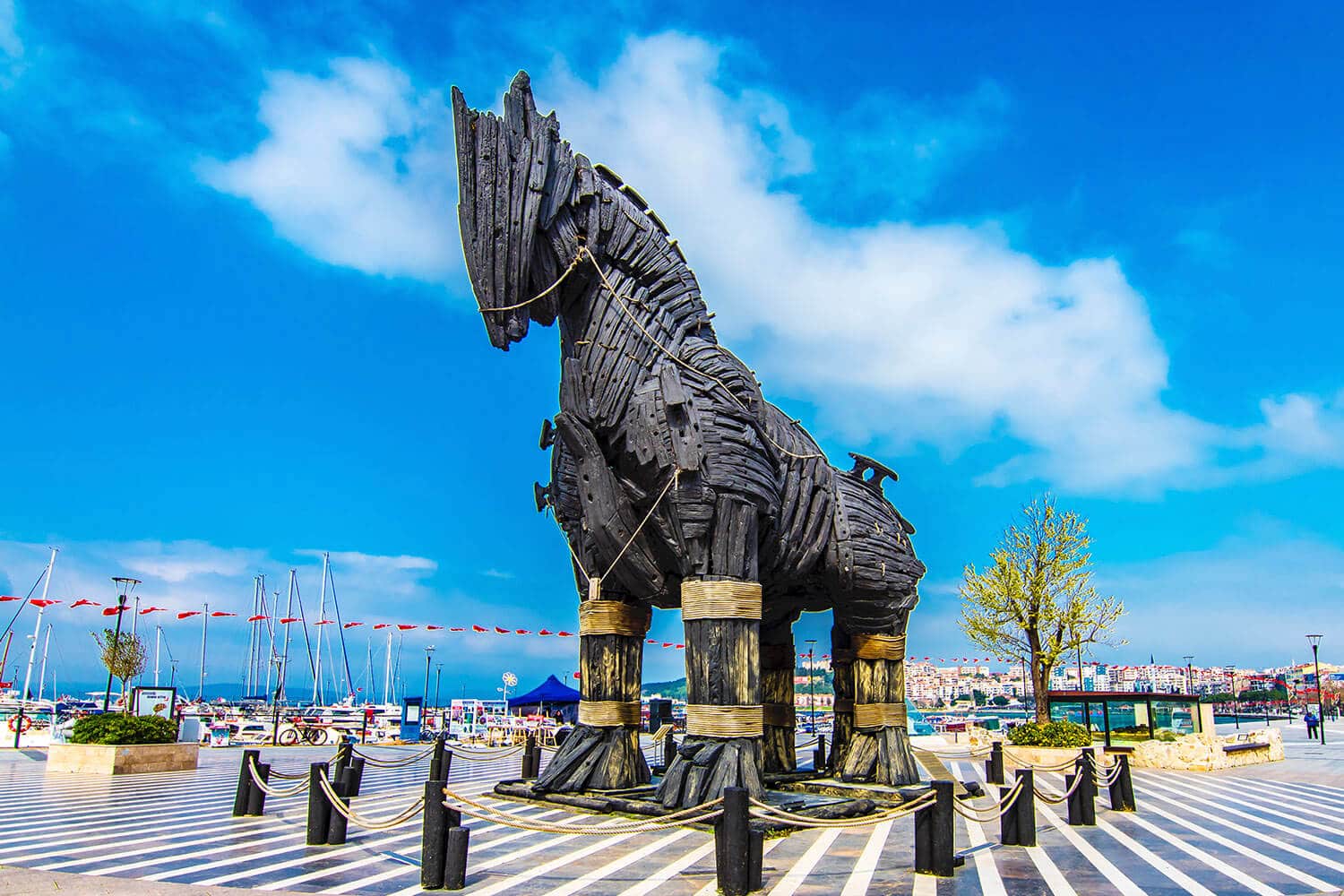Here are some of the best places to visit in Troas:
Ancient City of Troy: Explore the ancient ruins of Troy, including the famous city walls, the reconstructed replica of the Wooden Horse, and the archaeological remains that tell the story of this legendary city.
Assos: Visit the ancient city of Assos, perched on a hilltop overlooking the Aegean Sea. Explore the Temple of Athena, the theater, and enjoy panoramic views of the surrounding landscape.
Alexandria Troas: Discover the ruins of Alexandria Troas, a city founded by Alexander the Great. Explore the theater, the colonnaded street, and the bath complex in this once-thriving Hellenistic and Roman city.
Sigeion: Explore the archaeological site of Sigeion, known for its city walls, necropolis, and theater. Enjoy the historical significance and the peaceful ambiance of this ancient site.
Neandria: Visit Neandria and explore the remains of the city walls, the theater, and the impressive Tower of Alexandros. This archaeological site offers insights into the urban planning and architecture of ancient cities.
Gargara: Wander through the ruins of Gargara, including the city walls, the theater, and the necropolis. Immerse yourself in ancient history and appreciate the archaeological treasures.
Beaches of Ayvacik and Kucukkuyu: Enjoy the beautiful coastal areas of Troas, with pristine sandy beaches and crystal-clear waters. Relax, swim, and soak up the sun in Ayvacık and Küçükkuyu.
Mount Ida (Kaz Dagi): Embark on a hike or nature trek in Mount Ida, a scenic mountain range known for its lush forests, natural beauty, and breathtaking views. It’s a great opportunity for outdoor enthusiasts.
Hamidiye Mosque: Visit the historic Hamidiye Mosque in Eceabat, a charming town in Troas. Admire the beautiful architecture and experience the local culture and traditions.
Troy Museum: Explore the Troy Museum, which houses a collection of artifacts and exhibits related to the ancient city of Troy. Learn about the archaeological discoveries and the historical significance of the region.





